Forty is the old age of youth, fifty is the youth of old age
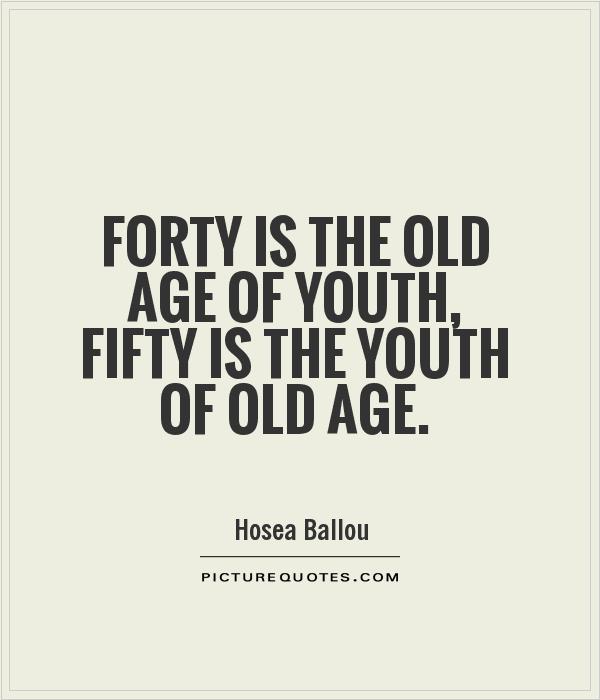
Forty is the old age of youth, fifty is the youth of old age
Hosea Ballou, a prominent American theologian and preacher, once said, “Forty is the old age of youth, fifty is the youth of old age.” These words hold a profound truth that resonates with many individuals as they navigate through the different stages of life. Ballou’s words highlight the transition from one phase of life to another, emphasizing the changing perspectives and experiences that come with age.When we reach the age of forty, we often find ourselves reflecting on our youth and the choices we made during that time. It is a period where we may start to feel the effects of aging, both physically and mentally. Our priorities may shift, and we may begin to reassess our goals and aspirations. This is the “old age of youth,” a time when we start to come to terms with the passing of time and the inevitability of growing older.
As we move into our fifties, we enter what Ballou describes as the “youth of old age.” This is a time of renewal and reinvention, where we may feel a sense of liberation from the constraints of our earlier years. We may have more wisdom and experience to draw upon, allowing us to approach life with a newfound sense of confidence and vitality. It is a time to embrace new opportunities and challenges, to pursue our passions and dreams with a renewed sense of purpose.
Ballou’s words remind us that age is not a barrier to living a fulfilling and meaningful life. Each stage of life brings its own unique joys and challenges, and it is up to us to make the most of them. Whether we are in our forties or fifties, we have the power to shape our own destinies and create a life that is rich in experiences and memories.
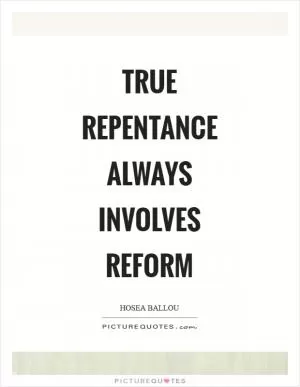
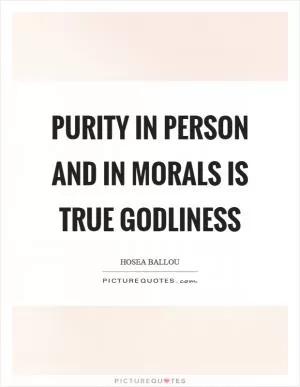
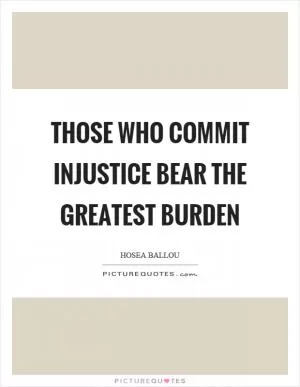
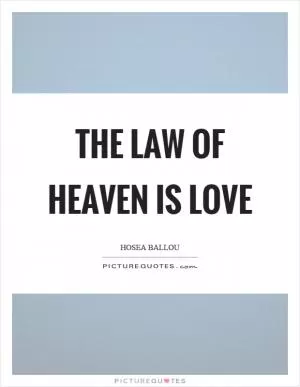
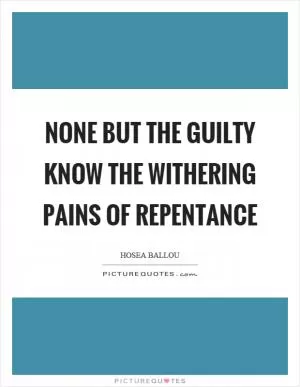
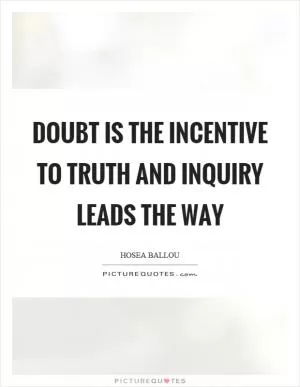
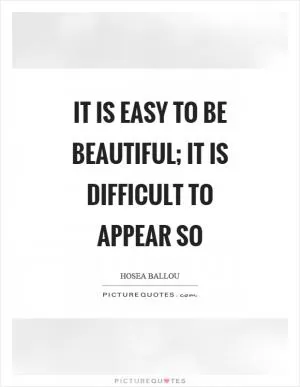

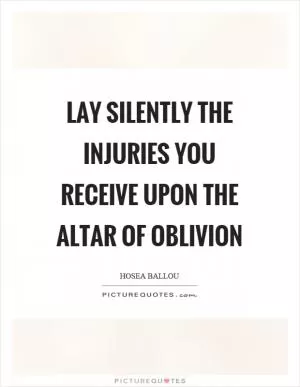

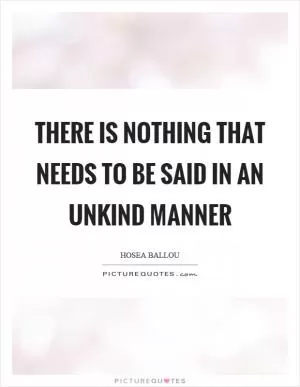
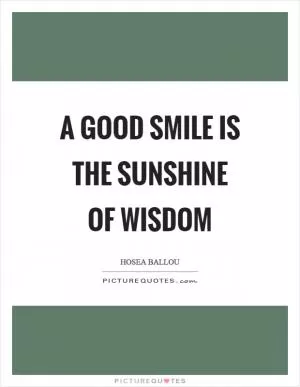
 Friendship Quotes
Friendship Quotes Love Quotes
Love Quotes Life Quotes
Life Quotes Funny Quotes
Funny Quotes Motivational Quotes
Motivational Quotes Inspirational Quotes
Inspirational Quotes